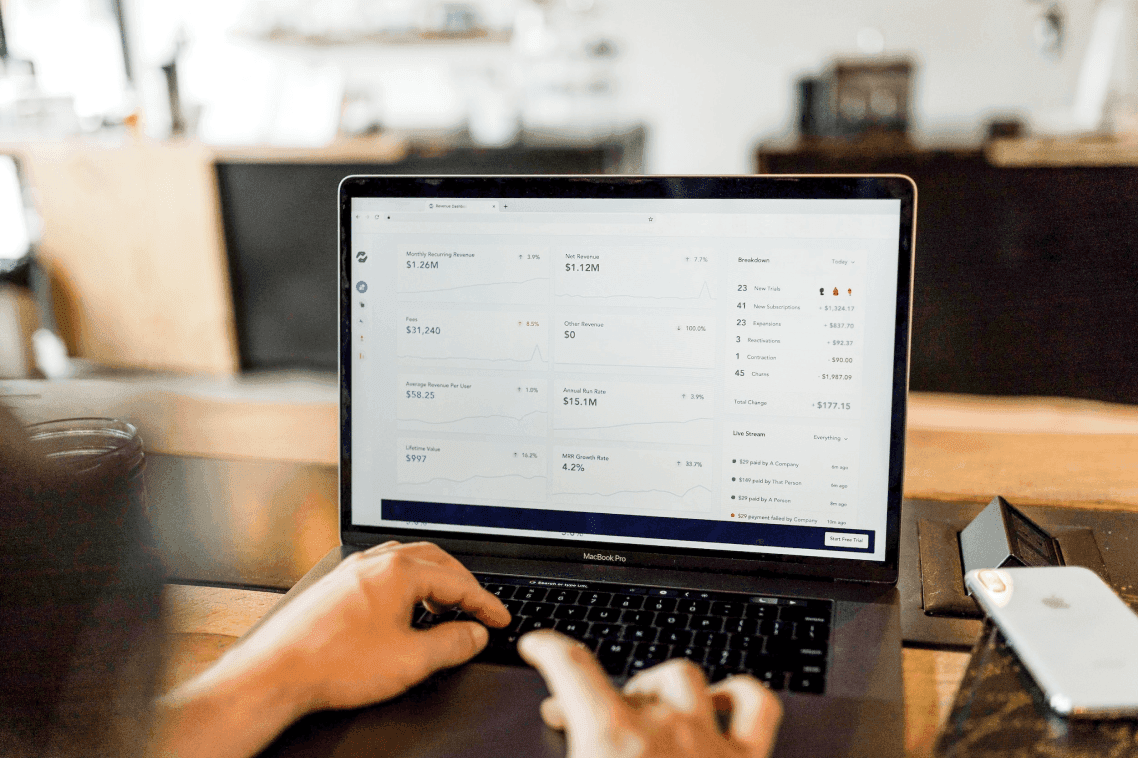The reason behind the sudden growth in demand for the CDP is that now more than ever, marketers are keen on analysing the data to explore and understand customer behaviour on a granular level compared to a broader segment level. The difference is that, most of the time the latter does not take into account the individual customer needs, which is not a positive practice that companies would want to continue.
This is one of the significant reasons digital analytics tools such as Adobe Analytics, Google Analytics, and other similar services cannot keep up and meet the requirements to provide a single overall view of the customer. However, you can rectify this singular but very important obstacle by integrating such industry-grade CDP tools. These tools will help enrich customer profiles in CDP with behavioural data that builds over an extended period of time.
CDP vs. Data Lake vs. Data Warehouse
Companies learn more about their customers at every touchpoint, such as e-mails, social media, in-store transactions etc. They need to collect all the valuable data they can if they want to utilize it and give their customers a better and more personalized experience. However, the immense vastness of the data can be overwhelming for a company if they don’t have a strategy to utilize it. On top of that, this venture becomes more complex as you look around for the best-fitting solution for your data management.
Data warehousing is a storage solution that has been in the game for more than a good part of the decade, and the same goes for data lakes. These two storage solutions have been the preferable storage solutions for companies to handle their big data for analysis and other purposes. In contrast, CDP (customer data platform) is relatively new. Customer data platforms are the new kid on the block and seems to be gaining all the attention they can as the latest data management solution.
If you happen to be unaware with any of the three terms, CDP, Data lake, or Data warehouse, we suggest you check out our other blogs explaining each system and how companies use them for their benefit.
What’s the Difference?
Data lakes are companies’ go-to solution if they want to store raw, unprocessed data that they can use without any restrictions. They are known to ingest all kinds of data. Data stored in the lake is preferable for any AI or machine learning-based operations.
Data warehouses are used to contain all kinds of corporate data. The data is stored as a repository that companies can use to perform all types of analysis which benefits the enterprise. While data lakes can be relatively cheap to maintain, data warehouses are pretty expensive to take care of.
A customer data platform deals with first, second, and third-party information. Its primary function is to interact with first-party data.
The difference in data intake:
The similarity between all three systems is that they ingest data from multiple systems and different sources. Data warehouses can only store processed and structured data. Meanwhile, both data lakes and CDP can store all types of data, whether structured, semi-structured or unstructured. CDPs can go even further than data lakes by holding all kinds of data with minimal to negligible loss in contrast to data lakes.
The difference in the unification of data:
CDP and data warehouse transform and unify data in a similar way. However, the data warehouse does not have the capability of cross-channel identity resolution, which is crucial if you want to create a 360-degree view of the customer. A data lake only stores data in its original format and is not responsible for any transformation or re-formatting.
The difference in the usage of data:
The data in the data warehouse is accessed and used by business analysts in order to create reports and dashboards. Data scientists primarily access data lakes to utilize the raw data within the data lake for AI and machine learning operations on top of other things for different business ventures. CDP is primarily accessed by the company’s marketing department, which controls it from end to end.
What Makes CDP Stand Out
As more and more people are becoming hostile when it comes to data collection and their privacy, ensuring that the information is being collected and used correctly is an important task to take care of. A CDP helps you secure the data the customer trusts you with by putting restrictions on how much data you collect in the first place. The data governance plan and strategy, alongside CDP, will help you ensure that you’re only collecting data necessary for your marketing needs.
CDP’s integration within your company makes your data actionable. CDP does this by unifying customer profiles, and when that process is finished, it offers insight into customer behaviour. In return, these analytics can help your company to build target audiences and launch effective campaigns. A CDP will help you predict the effectiveness of the campaign with the help of machine learning to analyse prior customer interactions. A CDP can be easily paired with traditional data warehouse architectures and data lake storage models.
Customer data platforms can utilize the information lying within the data lake. For a CDP, data lakes are a great source of data. Utilization of data becomes possible because the information is already being pumped into the data lake. Pairing data lakes with a CDP will save time since the developers won’t have to go out and collect all that data from multiple systems.
CDPs also eradicate every business user’s technical bottlenecks by eliminating the complexity of accessing and engaging with customer data; the same cannot be said for traditional data warehouses. Customer data platforms do this by giving non-technical teams a comprehensible user interface that they can take advantage of to access customer data.
Conclusion
To say the least, the idea of using CDP with other storage systems, such as data lakes and data warehouses, seems to be the most feasible option to maximize data usage. The difference between CDP and the other two comes down to ease of access on the surface. Pairing customer data platforms with data lakes and warehouses solves the issue brought by traditional storage solutions. All three are different systems that are used for different purposes. The most important step is figuring out which system is the best for your company.
Then Why Axeno? Because here at Axeno, we have dedicated teams for CDP implementation. Our goal is to provide professional services that we have designed to facilitate the use of ever-evolving technology by enterprises and end users. We focus on improving user experiences and digital transformation services. Our services are designed to nurture your specific business needs and user requirements. For enquiries, please mail at [email protected].

